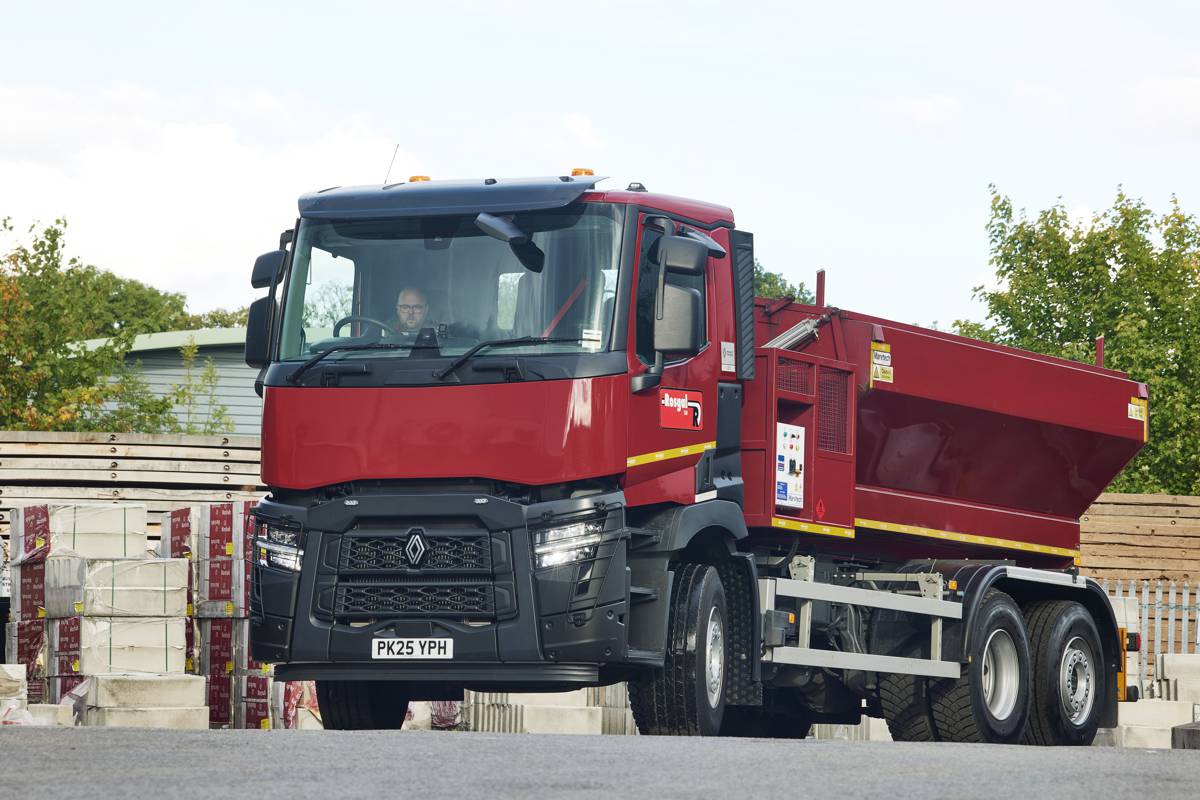Tips for winterizing Sealcoating equipment
As winter approaches, you want to make sure you are prepared. More than picking up ice melt and making sure your car heater works well, you’ll want to winterize your sealcoating equipment. Failing to do so correctly will be a problem when warmer spring temperatures roll around.
To avoid damage, costly repairs and lost time in the spring, follow these winterizing tips.
Ask the Experts
Sealcoating equipment manufacturers understand the importance of winterizing your equipment and offer instructions for ending the season. Of course, these manufacturers also understand that no one is perfect and sometimes we lose the instructions or don’t think we need them—but you do. If this is the case, contact your dealer or manufacturer to get a copy of instructions specific to your machine and your geographic region. If temperatures are forecast to fall below freezing, move the machine and sealer to a heated storage are prior to the end of the season and before winterizing.
Empty Sealer
When the sealcoating season ends, make sure to save your leftover sealer and place it into tightly sealed drums or totes. Consider using a biocide or bleach to help keep the sealer free of bacteria that could ruin it. Storing leftover sealer saves money by giving your company an opportunity to use the sealer next season. Note: Sealer must be kept above freezing temperatures. Once frozen, it is no longer useable.
Flush and Drain
Dried sealer can build up in pumps, meters and hoses. The material can freeze during winter and potentially cause the pipes/filters to break. Flush well with water to remove built-up sealer.
Drain and Open Valves
Once the plumbing is clean, open all valves and leave them open. This will drain any remaining water left in the plumbing. Even though it may appear all the water has drained from the plumbing, water can collect in the valves, damaging them if it freezes.
Remove Dried Sealer From Inside Tank
Over time dried sealer will accumulate on the inside walls of the tank. If not removed during the winter, it will fall off of the walls of the tank when the unit is put back in service in the spring, potentially clogging plumbing and filters. When the tank is stored in freezing temperatures for a sustained period, the sealer on the inside of the tank freezes and becomes brittle, making it easy to remove.
Extract Oil into the Material Pump
Extracting new or used motor oil from the pump prior to storage will prevent the leather seals from drying out and the pump housing from rusting.
Remove the Spray Wand Hose
Remove the spray wand hose and store in a warm environment. If your spray wand is left in colder temperatures it can work less efficiently or even break for next season.
These steps won’t take long at the end of the season but can make a big difference by spring. Save the expense of labor and repair parts — and prevent the headaches — by ending the season right. If you take care of your equipment now, it will take care of you later.
The article was written by Maury Bagwell, the lead engineer at the Neal Manufacturing Division of Blastcrete Equipment Company, which is based in Anniston, Alabama. He has more than 25 years of experience in manufacturing, sales, product design and engineering. His primary responsibilities include product development, engineering and quality control.






















